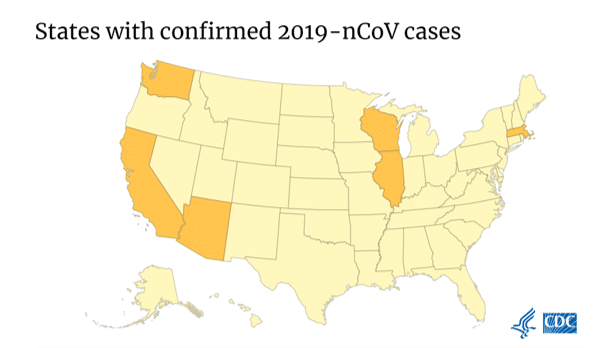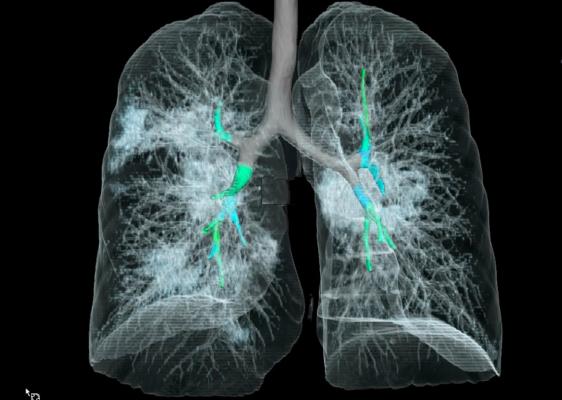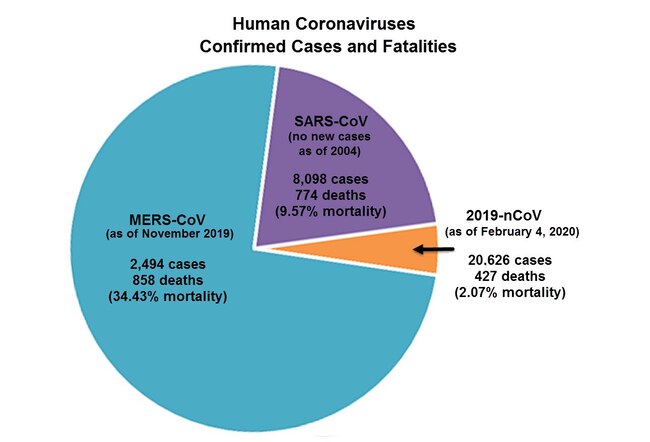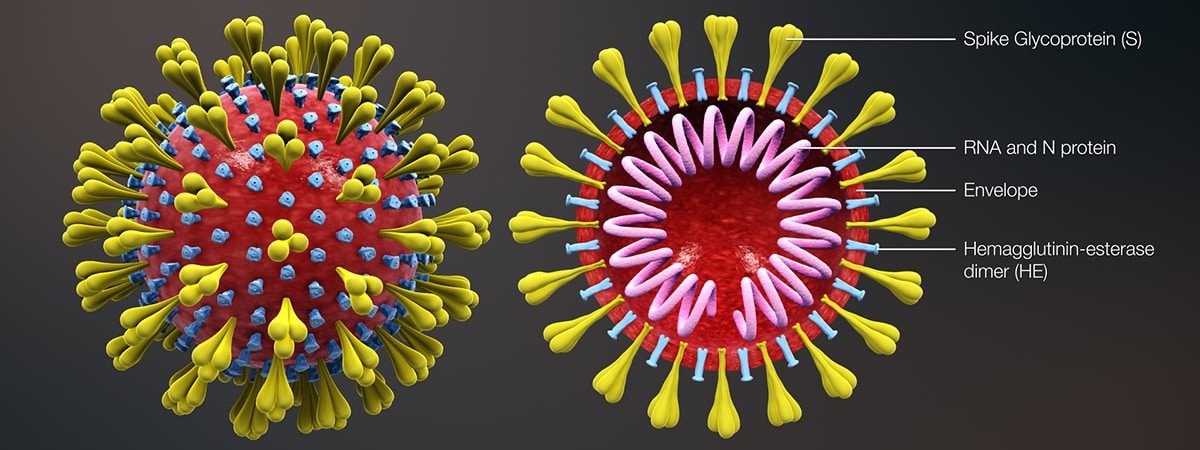This virus is dominating the headlines these days and so I thought it would be good to educate the public on what the current situation is, as best as I can, and offer some of my own insight towards the end.*
Below are the two new names for 2019-nCoV (novel coronavirus) that you may see mentioned going forward:
- As of Feb 10th, 2020, WHO renamed 2019-nCoV (2019 novel coronavirus) to COVID19 (Coronavirus Disease 2019).
- As of Feb 11th, 2020, the Coronavirus Study Group of the International Committee on Taxonomy of Viruses renamed 2019-nCoV virus as SARS-CoV-2 (severe acute respiratory syndrome coronavirus 2).
However, I’m sure the media will continue to simply refer to it as, “Coronavirus,” and for the purposes of this post, I will refer to it from now on as COVID19. Pandemics are an ever-evolving situation and so I trust you will understand if some of the following numbers are outdated in short order.
- Cases in China: 59,804
- Deaths in China: 1,367
- Cases outside of China: 393
- Cases in the U.S.: 14
- Deaths in the U.S.: 0

*When it comes to truth, I find it is always difficult to trust “The Official Story,” as history often shows just the opposite to be much closer to the truth. I am doing my best to aggregate the most pertinent and poignant material that I think is closest to the truth in regards to the COVID19 outbreak. Please forgive me if history proves me wrong.
What is it?
Along with rhinovirus, adenovirus, parainfluenza virus, and RSV, coronavirus is among the most common viruses that cause the common cold. The COVID19 is a variant that attacks the lower airways of the lungs along with the lung tissue itself rather than the upper airways (bronchioles, nose, throat, sinuses) as a normal coronavirus infection would typically manifest. The term, pneumonia, refers to an infection of the lung tissue and its functional units (the alveoli). Therefore, the COVID19 results in what would be properly termed, viral pneumonia, rather than a simple URI/common cold (upper respiratory infection). Interestingly enough, there are two other novel coronaviruses that presented similarly:
- 2002-nCoV -OR- MERS – Middle East Respiratory Syndrome-related coronavirus
- 2012-nCoV -OR- SARS – Severe Acute Respiratory Syndrome-related coronavirus
Where is the epicenter and how did the virus come to be?
Wuhan City & we don’t know. And I doubt we ever will. As I hinted above, it can be very difficult to flesh out the truth these days. The first story to circulate said it originated in an open-air animal market in Wuhan City. The second story to appear alleges that the virus was developed in a covert lab in Wuhan City that specializes in the study and development of viruses including for their use in a Chinese biowarfare program.
What are the signs & symptoms of COVID19 infection?
- Symptoms:
- Fever (>100.4 F), difficulty breathing, progressive & non-productive cough; possible lung failure or the need to be intubated and put on a ventilator
- CT scan
- Features typical of viral pneumonia that include: involvement of both right and left lungs (86%), as well as a distribution of infection in the periphery of the lung parenchyma (tissue).

What can I do to stay safe?
- Keep travel to a minimum; especially international travel; especially international travel to east Asia
- NO travel to Wuhan City, China or Hubei Province
- Keep your immune system on guard
- Proper diet, exercise, sleep, and stress
- Wash hands often with soap
Does this virus matter? Should I pay attention to it?
The two metrics best suited to address this question are mortality and reproductive value.
- Mortality = Deaths / Total cases
- Reproductive Value = new cases that develop from each existing case (estimate of transmissibility), hence ~ instead of =
And to add to the picture, let’s put the numbers into context with the other deadly coronaviruses previously listed.
COVID19
MERS
SARS

And remember Ebola?
On paper, it does not appear that COVID19 will be the pandemic that movies are made of. However, there are a few characteristics that could make it more dangerous than it appears:
Long incubation period – This means that the virus takes hold in its host for a long time before symptoms arrive. This means that people who are contagious are also asymptomatic and can thus walk around infecting people unknowingly.
The epicenter is China – Wuhan City has an estimated population of 11.08 million people. Of these people, only 0.54% are infected with COVID19, however, this leaves a lot more chance for potential viral hosts. Ebola and MERS, though they have a much higher MR, started in places with much lower population density, and therefore the disease was limited in its ability to spread. Wuhan City is a modern place brimming with international trade and travel. And if the R0 is higher than what is being reported, the virus has a very high potential to become widespread.
My advice at this point in time:
- Avoid unnecessary travel. This can be difficult in the middle of winter in Michigan. But be smart, and of course, cancel your trips to China or other east Asian countries
- You’re at greater risk of the flu than COVID19 at this point. All of the people in the U.S. who have been infected with COVID19 have either been to Wuhan City or been in contact with someone who has. So as long as you avoid those two things, at this point, you should be safe from transmission.
- CDC estimates for comparison from 10/1/19 -> 2/1/20
- 22 – 31 million influenza cases
- 210,000 – 370,000 influenza related hospitalizations
- 12,000 – 30,000 influenza related deaths
I hope this all puts “coronavirus” in context for you. I find it is always helpful to put a crisis in context.



